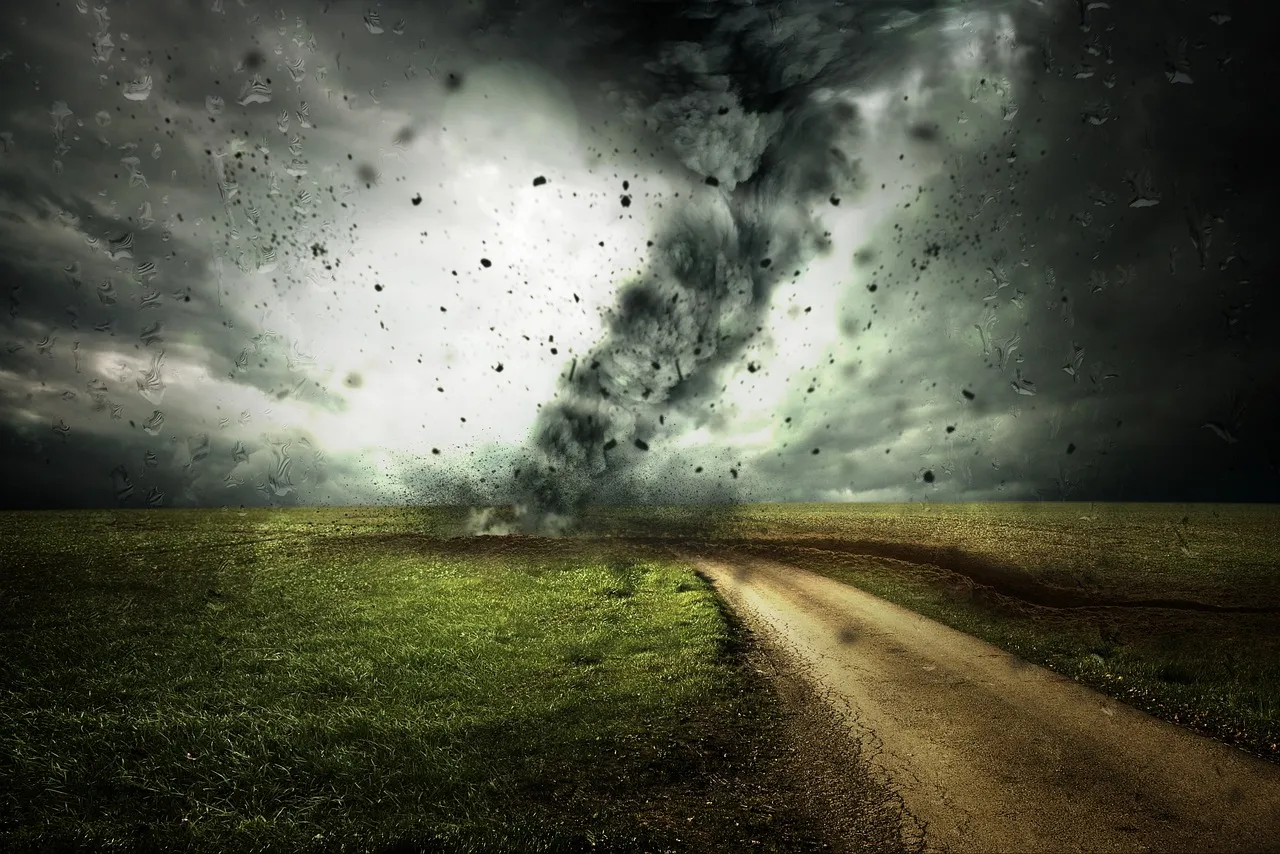Tornadoes strike with little warning, leaving behind a path of destruction that can forever change the lives of those in their way. Preparing for these violent storms is not an option but a necessity. Understanding how to protect your family from tornadoes begins with knowing the risks, preparing your home, and reacting quickly when the time comes. Tornado safety goes beyond watching the sky; it requires intentional steps that become second nature when storms threaten.
Understand Your Local Tornado Risk
Different regions face different levels of tornado activity. While areas like Tornado Alley in the central United States are well-known for frequent twisters, tornadoes can and do occur in almost every state. Each year, hundreds of tornadoes touch down across the country, catching many off guard due to sudden changes in weather patterns. Knowing your area’s risk level can help you decide how urgently you need to prepare.
Weather forecasts and emergency alerts from local meteorological services are your first line of defense. Learning the difference between a tornado watch and a tornado warning is essential. A watch means conditions are favorable, while a warning means a tornado has been spotted or indicated by radar. Receiving alerts immediately, whether through your phone, weather radio, or community sirens, gives you valuable seconds to respond. Taking the time to understand your region’s patterns can save lives. People often underestimate the power of fast-moving storms until it’s too late. Staying informed during storm seasons isn’t just about watching the news; it’s about establishing a mindset of readiness and awareness.
The strength of tornadoes varies, with the Enhanced Fujita (EF) scale used to categorize wind speeds and expected damage. A tornado rated EF0 may tear off roof tiles or topple trees, while an EF5 can obliterate well-built homes. When you want to protect your family from tornadoes, knowledge becomes your shield. Recognizing the speed at which tornadoes can form and intensify is a powerful motivator to prepare in advance rather than react in panic.
Prepare Your Home and Shelter Space
Creating a safe space within your home is the foundation of tornado readiness. If your home has a basement, that’s usually the best option. If not, choose a small, windowless interior room on the lowest level, such as a bathroom or closet. This space should be accessible at a moment’s notice. Reinforcing this area by installing a steel door, adding structural support, or using a professionally built storm shelter can make a significant difference.
Keep this space stocked with supplies. Water, non-perishable food, flashlights, batteries, a first aid kit, sturdy shoes, and necessary medications are vital. Don’t forget critical documents in waterproof containers. Store them in the same location so you can access them quickly. If possible, keep helmets for each family member to reduce the risk of head injury from flying debris. Tornadoes can reduce homes to rubble in seconds, and anything unsecured becomes a potential hazard. Securing heavy furniture to walls and anchoring large appliances can help reduce risk inside your home.
Families with children should walk through the safety plan repeatedly. Make it a routine so no one is confused during a real emergency. When you want to protect your family from tornadoes, planning is not a one-time task. It requires consistency and regular checks to make sure supplies are fresh, batteries work, and everyone remembers where to go. Pets should also be part of the plan. Keep leashes, carriers, and extra food in your shelter space so your animals are not left behind or injured in the chaos.
Homeowners should also consider the condition of their roof, windows, and garage doors, which are especially vulnerable during high winds. Impact-resistant materials or storm shutters can add valuable seconds of protection. Taking time to inspect your home regularly during storm seasons allows you to spot vulnerabilities before a storm tests them. A secure home helps you protect your family from tornadoes even when there’s little time to act.
React Quickly and Stay Calm During a Tornado
When a tornado warning is issued, every second matters. Go directly to your designated safe area. Do not waste time trying to gather belongings or stepping outside to see the storm. Tornadoes can move at speeds exceeding 60 miles per hour, and their paths can change unexpectedly. Relying on instincts alone during this time is not enough. You must follow your plan precisely.
If you’re driving and a tornado becomes visible nearby, avoid trying to outrun it unless you’re sure it’s moving away and you have a clear escape path. Leaving your vehicle and finding low ground, such as a ditch, while covering your head with your arms may reduce risk. Cars offer little protection in tornadoes, often becoming airborne. Mobile homes are equally dangerous and should be evacuated well before a storm arrives.
Staying calm is one of the most powerful ways you can protect your family from tornadoes. Panic leads to poor decisions. When children see a parent acting with confidence and clarity, they follow suit. The more often you practice your safety plan, the more instinctual it becomes. If a tornado strikes while you are in a public place such as a school or shopping center, look for posted evacuation plans or go to designated storm shelters within the building. Interior hallways or reinforced areas offer more protection than open spaces.
After the tornado passes, don’t assume safety immediately. Downed power lines, gas leaks, and structural damage can pose serious threats. Use caution when leaving your safe area. If communications are down, use a prearranged out-of-town contact to check in and inform loved ones of your condition. Protecting your family doesn’t end when the winds stop; it continues through the aftermath, where injuries often occur from unstable debris or hazardous conditions.
Rebuilding Confidence and Strength After the Storm
Tornadoes leave more than physical damage. The emotional impact can linger for months or even years. Children may struggle with anxiety during storms, and adults may feel overwhelmed by the rebuilding process. Recognizing these reactions is a healthy part of recovery. Talking openly about the experience helps families regain a sense of control. Support groups, counselors, and faith-based communities often step in to help individuals cope and heal.
Cleaning up and rebuilding can be slow and painful, but having a clear recovery plan and knowing local resources can ease the burden. Many communities offer disaster recovery assistance, temporary housing, and mental health support. Documenting damage thoroughly and working closely with insurance providers accelerates recovery. Even while dealing with material loss, the priority remains the same: protect your family from tornadoes and their long-term effects, both physically and emotionally.
Some families choose to invest more in future preparation after surviving a storm. This may include building reinforced rooms, installing emergency generators, or purchasing better alert systems. These steps are not signs of fear but of resilience and foresight. They reflect a deep commitment to being ready the next time nature reminds us of its power. A proactive mindset ensures that preparation becomes part of everyday life, rather than a scramble when the skies darken.












